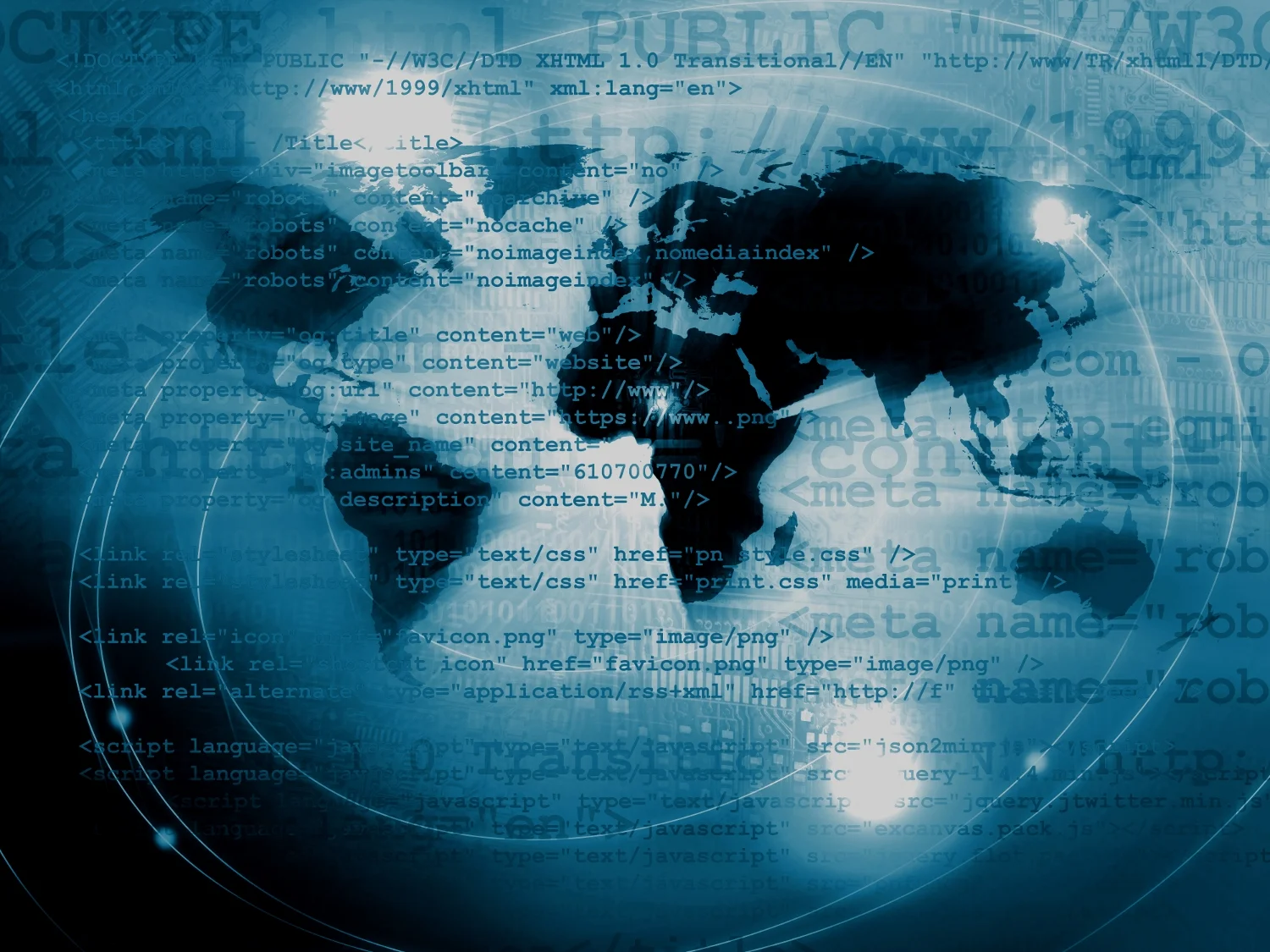This week we learned that from more than 200,000 original applicants 1058 people have moved on to the second phase of the selection process for Mars One, a plan to send a team of four volunteers on a one-way trip to Mars in 2024 to found the first colony there. The number will be whittled down to about 40 within the next four years, and those finalists will train for seven years. A reality TV show audience will pick the final four. The ongoing reality show element is one of the core means by which the whole project is supposed to be funded. After all, the estimated cost is about $6 billion.
A somewhat similar undertaking called Inspiration Mars involves a plan to send one man and one woman to within 100 miles of Mars’ surface and back to Earth again in 2018.
I think projects like these constitute a threat to the long-term exploration of space.
I hate to knock anything to do with space, and I’m all in favour of private enterprise getting involved. I’ve applauded the successes of companies like SpaceX, sending supplies to the International Space Station and launching a Thai telecommunications satellite this week. And several new companies intending to get into the business of space mining are backed by some very big names with great track records. But these ventures are based on businesslike profit models—they’ll be done carefully and conservatively because investors will demand it, and failure is too costly.
I would argue that failure is too costly for the Mars projects, too. We love success and adore heroes, but martyrs cause a different reaction. The two space shuttle disasters and the Apollo 1 fire in January of 1967 rocked people’s confidence in the space program. The loss of human life makes the average person question whether the exploration of space is worth it. And I think the Mars missions are setting themselves up for failure.
It’s appropriate that the largest number of the Mars One candidates are Americans and Canadians because this week our continent is suffering the effects of a much-talked-about “polar vortex” that’s wandered too far south and brought killing cold with it. I hope our would-be Mars-dwellers are taking the opportunity to spend a lot of time outdoors to enjoy the kind of brisk temperatures they can look forward to on Mars on the nicest of days. And, oh yeah, there’s no breathable air. I keep picturing four people living in something like those “bouncing inflatables” carnival kiddie rides unable to go outside without a space suit, unable to get emergency support if needed, and unable to ever return to Earth. To me, that doesn’t have the makings of a colony, it has the makings of a disaster. All played out on reality TV for an audience that will probably be drawn to the prospect of death in the same way as people who watch car racing. Good for TV ratings maybe, but if the Mars One crew dies, how many people back here will still have the stomach to see their tax dollars or financial investments going into projects that have that kind of risk? Similarly, even if Inspiration Mars does get two people to the vicinity of Mars and back, will that really be inspiring? How many people remember the names of Apollo astronauts on the missions that orbited the Moon but didn’t land?
We need to get to Mars, but we need to do it right, with a colony mission that has a good chance of long-term success, and the infrastructure for two-way travel. Let’s pool resources and all that enthusiasm and construct a staircase to the stars, instead of some makeshift rope ladders.
That’s what will enable us to take the next step outward, and the next after that.

